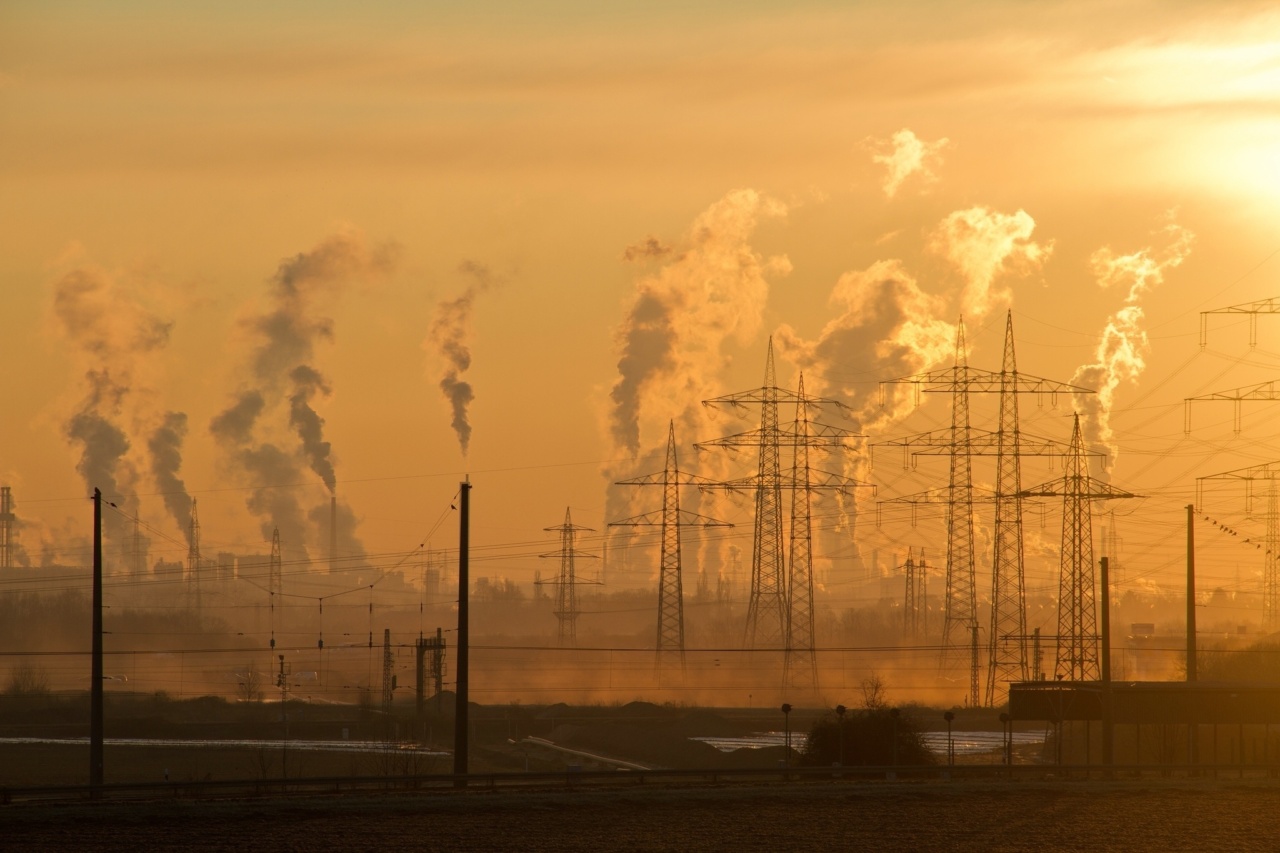With the increasing levels of air pollution globally, it has become crucial to take steps to protect ourselves from toxic air pollutants.
Toxic air pollutants, also known as hazardous air pollutants or air toxics, are substances that can cause serious health effects when inhaled. These pollutants are released from various sources including industrial processes, vehicle emissions, and even household activities.
Understanding Toxic Air Pollutants
Before delving into protective measures, it is important to have a basic understanding of the most common toxic air pollutants. Some of the key air toxics include:.
Benzene
Benzene is a colorless and highly flammable liquid with a sweet odor. It is primarily released from burning fossil fuels, industrial processes, and cigarette smoke.
Long-term exposure to benzene can cause serious health issues such as anemia, leukemia, and other blood-related disorders.
Formaldehyde
Formaldehyde is a colorless gas with a strong and pungent odor. It is commonly found in building materials, household products, and even some personal care items.
Inhalation of formaldehyde can lead to respiratory problems, eye irritation, and various allergic reactions.
Lead
Lead is a toxic metal that can contaminate the air through industrial emissions and the burning of fossil fuels.
Inhalation of lead can have severe health effects, especially in children, including developmental delays, lowered IQ, and neurological damage.
Mercury
Mercury is a heavy metal that is released in the air from various sources such as coal-fired power plants and waste incineration. Exposure to mercury can lead to neurological damage, impair cognitive thinking, and affect the nervous system.
Protective Measures
Now that we have an understanding of some common toxic air pollutants, let’s explore how we can protect ourselves from them.
1. Stay Informed
Keeping yourself informed about air quality in your area is crucial. Nowadays, there are various online platforms and smartphone apps that provide real-time air quality updates.
By being aware of the air quality index (AQI) in your locality, you can make informed decisions about outdoor activities or take appropriate protective measures.
2. Minimize Outdoor Activities during High Pollution Days
On days when the AQI is particularly high, it is advisable to limit your outdoor activities, especially during peak pollution hours. These hours usually occur during rush hour traffic and in areas with heavy industrial activities.
By reducing your exposure during these times, you can minimize the risk of inhaling harmful pollutants.
3. Create Indoor Sanctuaries
Indoor air quality can also be compromised due to various factors such as indoor pollutants, poor ventilation, or infiltration of outdoor pollutants.
Creating a safe haven inside your home or workplace is essential to protect yourself from toxic air pollutants. Some steps you can take include:.
Avoid Using Chemical-based Household Products
Many common household products like cleaning agents, air fresheners, and paints emit volatile organic compounds (VOCs) that contribute to indoor air pollution. Opt for natural and eco-friendly alternatives to reduce your exposure to harmful chemicals.
Proper Ventilation
Ensure that your living and working spaces have proper ventilation systems. Ventilation helps in removing pollutants and brings in fresh air, diluting the concentration of pollutants indoors.
Opening windows and using exhaust fans when cooking or using chemical products can significantly improve indoor air quality.
Invest in Air Purifiers
Consider investing in high-quality air purifiers for your home or workplace. Air purifiers with HEPA (High-Efficiency Particulate Air) filters can effectively remove fine particles, pollen, dust, and even some chemicals from the air.
Make sure to choose an air purifier that is suitable for the size of the room and regularly clean or replace the filters as per the manufacturer’s instructions.
4. Use Protective Gear
In situations where outdoor exposure is unavoidable, it is essential to use appropriate protective gear to minimize inhalation of toxic air pollutants. Some protective measures you can take include:.
Wear N95 Masks
When the AQI is poor or during instances of high pollution levels, wearing N95 masks can be highly effective in reducing exposure to harmful particles.
These masks are designed to filter out fine particles and can greatly protect your respiratory system.
Use Scarves or Bandanas
In situations where N95 masks are not available, using scarves or bandanas can also offer some level of protection. While they may not filter out particles as effectively as N95 masks, they can still act as a barrier against larger particles.
5. Be Mindful of Your Surroundings
Being mindful of your surroundings can help you avoid exposure to toxic air pollutants. Consider the following:.
Avoid Heavy Traffic Areas
Try to plan your routes in a way that avoids heavy traffic areas, especially during peak hours. This will help reduce your exposure to vehicle emissions, which are major contributors to air pollution.
Monitor Indoor Air Quality at Work
If you work in an office, make sure there are measures in place to monitor and maintain indoor air quality.
Proper ventilation systems, regular maintenance of air conditioning units, and limiting the use of chemicals can all contribute to a healthier work environment.
6. Support Clean Air Initiatives
Lastly, supporting initiatives for clean air can contribute to the overall improvement of air quality.
Encourage and participate in activities that promote environmental conservation, such as tree planting campaigns, advocating for cleaner energy sources, and spreading awareness about the impact of air pollution on health.
Conclusion
Protecting yourself from toxic air pollutants is of utmost importance for maintaining good health and well-being.
By staying informed, creating indoor sanctuaries, using protective gear when necessary, being mindful of your surroundings, and supporting clean air initiatives, you can significantly reduce your exposure to harmful air pollutants. Remember, even small steps taken by individuals collectively make a huge difference in preserving the quality of the air we breathe.



























